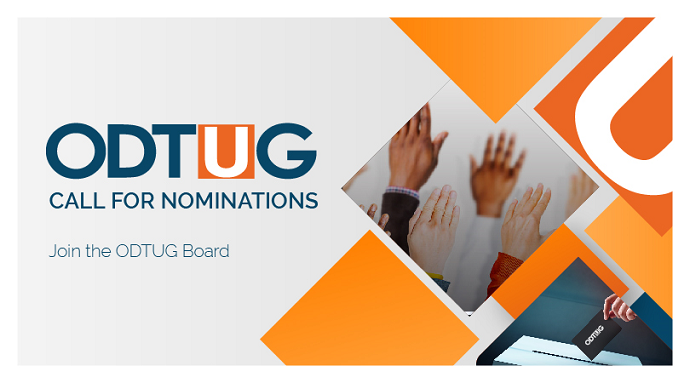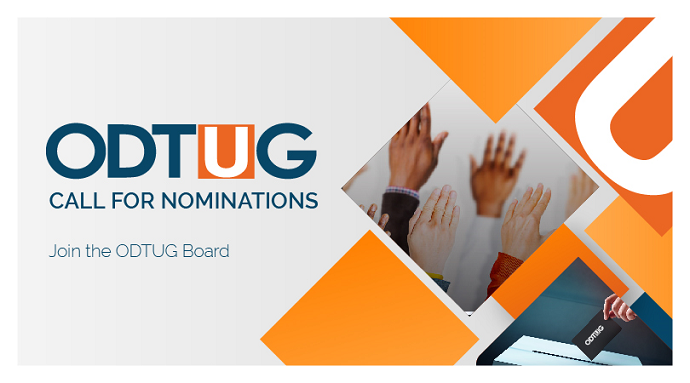CR: What is EPMware?
AN: EPMware is a customizable Master Data Management (MDM) and Workflow software platform, used to streamline metadata management in an organization, and provide data governance for requests of metadata. The solution provides users with the ability to manage metadata, hierarchies, and supporting metadata properties in a central location with integration to upstream and downstream systems. It also includes out of the box integration with the Oracle Hyperion Suite of products.
CR: So if I have Oracle Hyperion Financial Management, Oracle Hyperion Planning or Oracle Essbase I’d be interested in this?
AN: Yes, absolutely…add to that EBS, PBCS, EPMA, NetSuite, Anaplan and Workday. They’re all applications we directly load metadata to, out of the box.
CR: What motivated you create this product?
AN: After being in the EPM consulting space since the Enterprise days, we’ve noticed that there just was not a simple way to manage and deploy application hierarchies to target Hyperion applications. Many times the administrator spends most of their month end process compiling metadata from numerous sources, and manually loading those changes to Dev, Test and Prod. EPMware takes care of that for you, and reduces manual errors that cause rework during a critical time.
CR: Does it work with both Classic and EPMA installations?
AN: EPMware works with Classic and EPMA applications. Why both you ask? Not everyone has utilized EPMA for every Hyperion application in their organization
We allow you to share metadata with EPMA and Classic applications without the cumbersome process of converting to an EPMA application. Many times, we’ve seen EPMA customers using the shared library for one application type for Essbase, and not HFM due to whatever reasons… time, perceived complexity, etc. Allowing EPMware to deploy to EPMA and Classic applications, provides the flexibility to rapidly layer in metadata management and data governance.
CR: Where do you see the most interest from clients – HFM, Essbase, Planning?
AN: It’s actually pretty evenly distributed. Due to the volume of Essbase and Planning applications compared to HFM, we see a great response from customers looking to get their arms around managing multiple outlines at one source. At the same time, organizations using HFM are also very interested in our workflow that provides a solid data governance layer for SOX compliant metadata requests… and also making life very easy for administrators when auditors need to poke around. With that said, the latest hype has been around EPMware Cloud deploying directly to PBCS.
CR: What is the ideal customer situation for your product?
AN: The ideal customer situation is one where a company is using more than one EPM application. That’s pretty much it. Having to manually synchronize metadata to multiple applications on a monthly basis is so 1995.
CR: How exactly does EPMware load metadata to the application? (API? RMI? Oracle Utility?)
AN: The most popular method is using the Deployment Manager, which schedules and manages automatic deployments to all registered target systems, Hyperion or non-Hyperion. We have included out of the box integrations to EPMA, Essbase, HFM, PBCS, and DRM (and many more like Anaplan, EBS, Netsuite, Salesforce and Workday to come). After adding your application connection details to EPMware, we securely call the built-in Oracle Hyperion API’s to load metadata. Most metadata management solutions will fall short of this integration, as it adds considerable time and cost to an implementation. By leveraging EPMware’s deployment manager, administrators spend less time on manually creating metadata files and deploying them individually to each application, and more time adding enhancements and value to the application itself.
CR: What are your thoughts on metadata governance and why is it important?
AN: I was always surprised that metadata governance has taken a back seat for so many years. Of course, getting data into and out of a system has always been top priority for organizations, but we see that many companies are finding out the hard way that maintaining metadata integrity across applications is equally as important. It’s never fun explaining to your CFO that the close will be delayed or that the P&L is out across applications because a member name or property was incorrectly deployed. We get it… human error does occur, but with EPMware, organizations have the ability to control these inefficiencies with property validations, metadata reviews from business users, signoffs using workflow and data governance, and automated deployments to target systems.
CR: I was on your webinar a few months ago and enjoyed the demo. How can others see a demo?
AN: Thank you!! The demo, a few new webinars and some screen shots are available here at www.epmware.com
CR: What’s your company’s history?
AN: EPMware started in Silicon Valley about three years ago. We all have been Hyperion consultants (and sometimes administrators) for over 40 combined years, so we understand where the major gaps (functional or technical) lie in the application suite. After a few drinks and some complaining about the current solutions, we joked that we should build our own product. Turns out none of us were ever joking around, and here we are.
CR: What is your design philosophy?
AN: Our design philosophy has always been, “to bring effortless metadata management back to the hands of the business.” Software design, or consulting, we’re firm believers in keeping things simple, and letting organizations get back to business as usual. As Steve Jobs said, “Design is not just what it looks like and feels like. Design is how it works,” and EPMware lives by those words.
CR: What would you say about your product EPMware to those also considering Oracle's Data Relationship Manager (DRM)?
AN: EPMware is frequently compared to DRM. With the direct integrations, workflow, and deployment manager modules, EPMware greatly reduces the implementation time required to get up and running, and when live, does not always need a dedicated administrator. Importing hierarchies also does not require any scripting, with our one-click import. Our workflow tool has been built ground up as part of the metadata management product (not for additional costs as well), so requesting and approving metadata is simplified, and finally embraced by our business users. Finally, we do not charge users by node, and we now offer EPMware on a true multi-tenant cloud platform. At the end of the day, both products are highly capable of solving metadata and data governance issues, and we urge future customers to fully research which solution works for their organization... but remember, as in all technical solutions, the product is only as good as the business process behind it.
CR: I noticed you said EPMware has out of the box integrations with DRM. Can you help me understand the use case for EPMware integrating with DRM?
AN: Yes, EPMware does also support DRM. I can see you're probably scratching your head. As you may know, DRM does not include a workflow solution out of the box, so DRM customers asked us to use EPMware's workflow to sit on top of DRM so their business users could create requests for metadata. Customers asked, and EPMware delivered.



